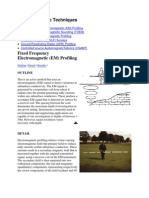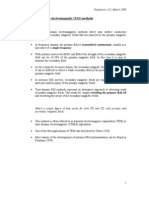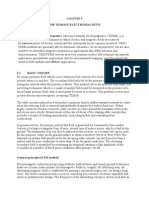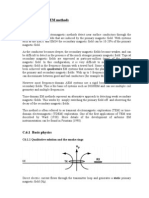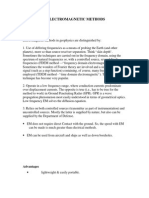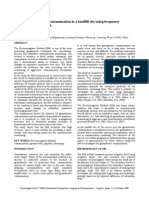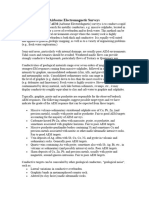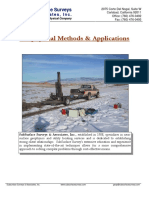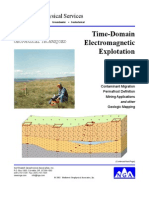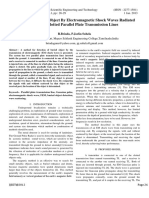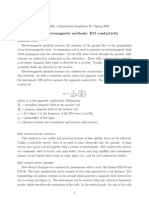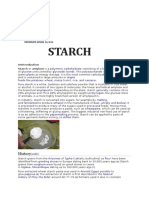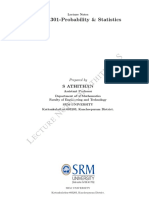0% found this document useful (0 votes)
45 views14 pagesElectromagnetic Methods - Lecture2
lecture 2 of electeomagnetic method
Uploaded by
Amna Babiker ArbabCopyright
© © All Rights Reserved
We take content rights seriously. If you suspect this is your content, claim it here.
Available Formats
Download as PDF, TXT or read online on Scribd
0% found this document useful (0 votes)
45 views14 pagesElectromagnetic Methods - Lecture2
lecture 2 of electeomagnetic method
Uploaded by
Amna Babiker ArbabCopyright
© © All Rights Reserved
We take content rights seriously. If you suspect this is your content, claim it here.
Available Formats
Download as PDF, TXT or read online on Scribd
/ 14



